Your cart is currently empty!
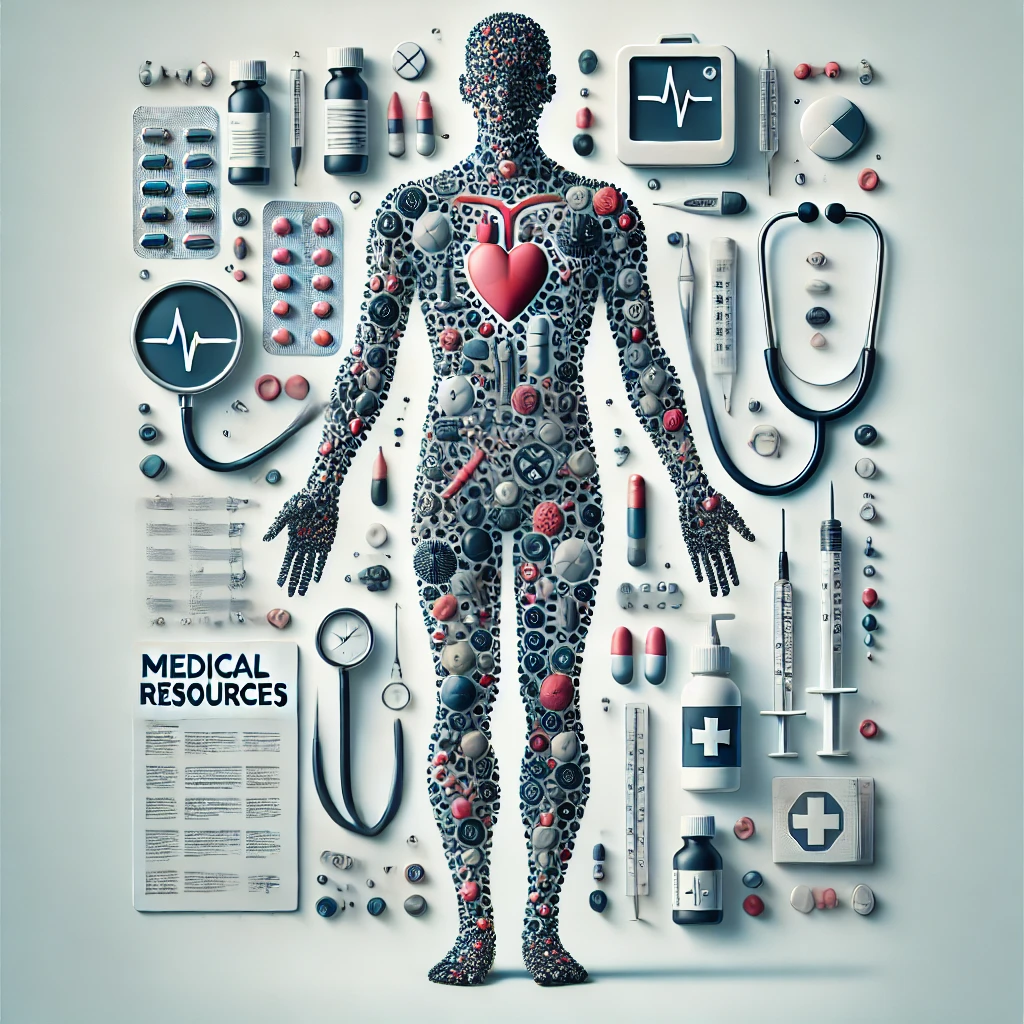
Medical Resources
Welcome to our resources library!
**MEMBERS ONLY**
Below, you’ll find a collection of valuable medical terminology references and guides! These resources are designed to assist educators and students in accessing comprehensive medical information quickly.
CLICK on the image(s) to access the PDF pertaining to your question of interest or topic:
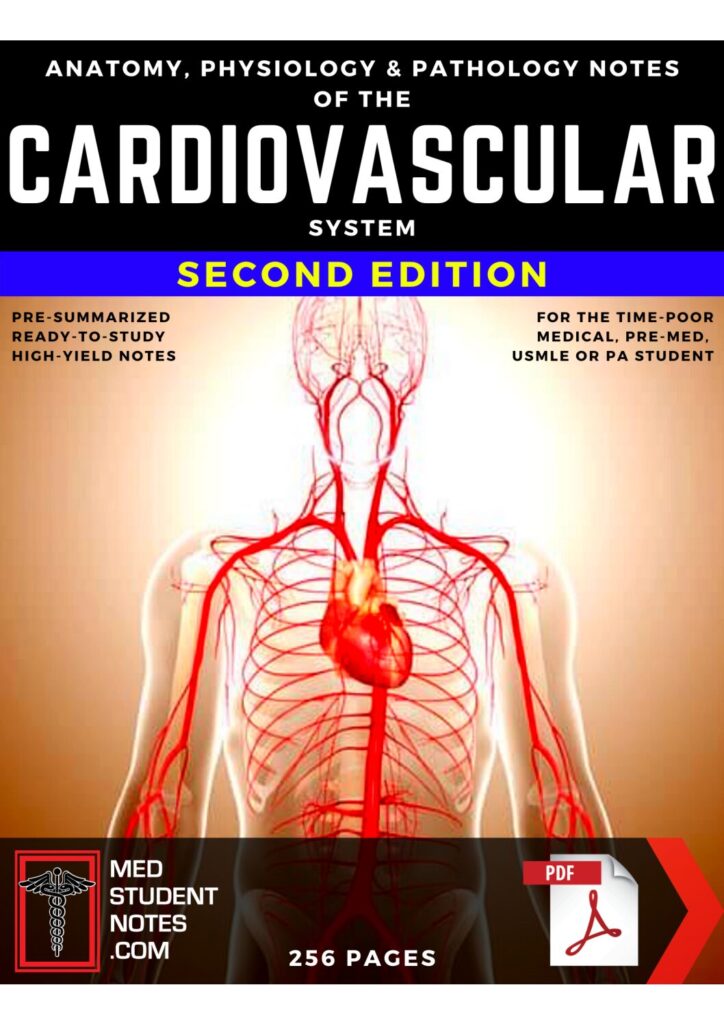
Understanding Cardiovascular Anatomy
Description: Detailed diagrams and descriptions of the heart, blood vessels, and the circulatory process.
Cardiovascular Diseases
Description: An in-depth look at common cardiovascular diseases, their symptoms, diagnostics, and treatment options.
Cardiac Physiology
Description: Explores the physiological processes of the cardiovascular system, including heart function and blood circulation.
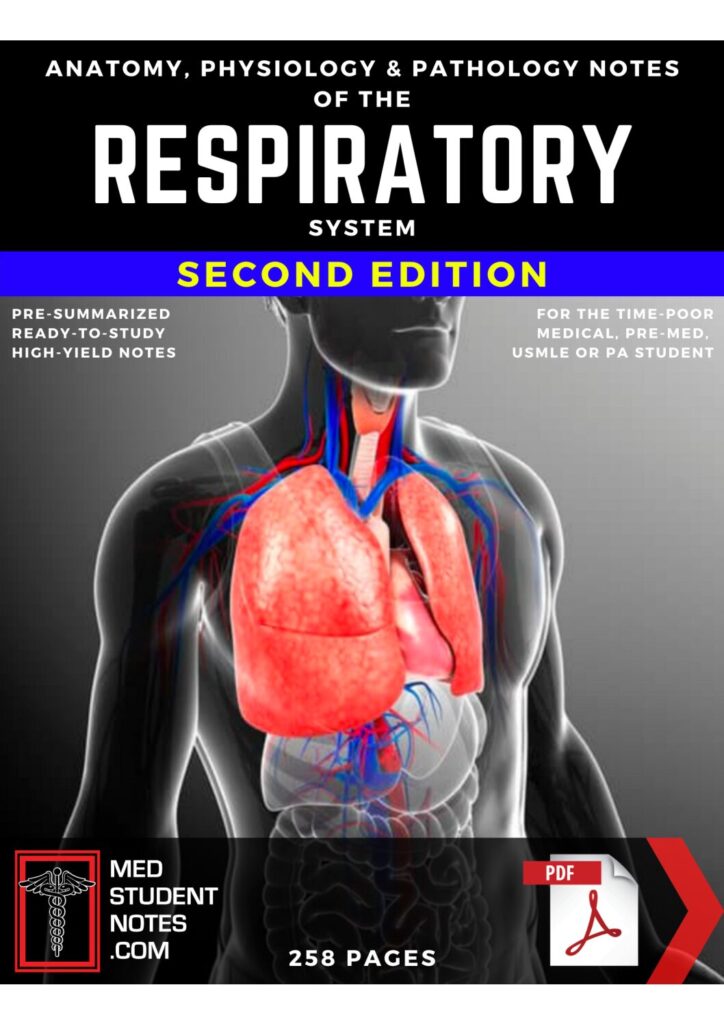
Respiratory System Anatomy
Description: A comprehensive guide to the respiratory system, covering the lungs, airways, and the mechanics of breathing.
Respiratory Disorders
Description: Information on common respiratory conditions such as asthma, COPD, and pneumonia, with diagnostic and treatment guidelines.
Pulmonary Function and Physiology
Description: Covers the physiological aspects of the respiratory system, including gas exchange and lung capacity.
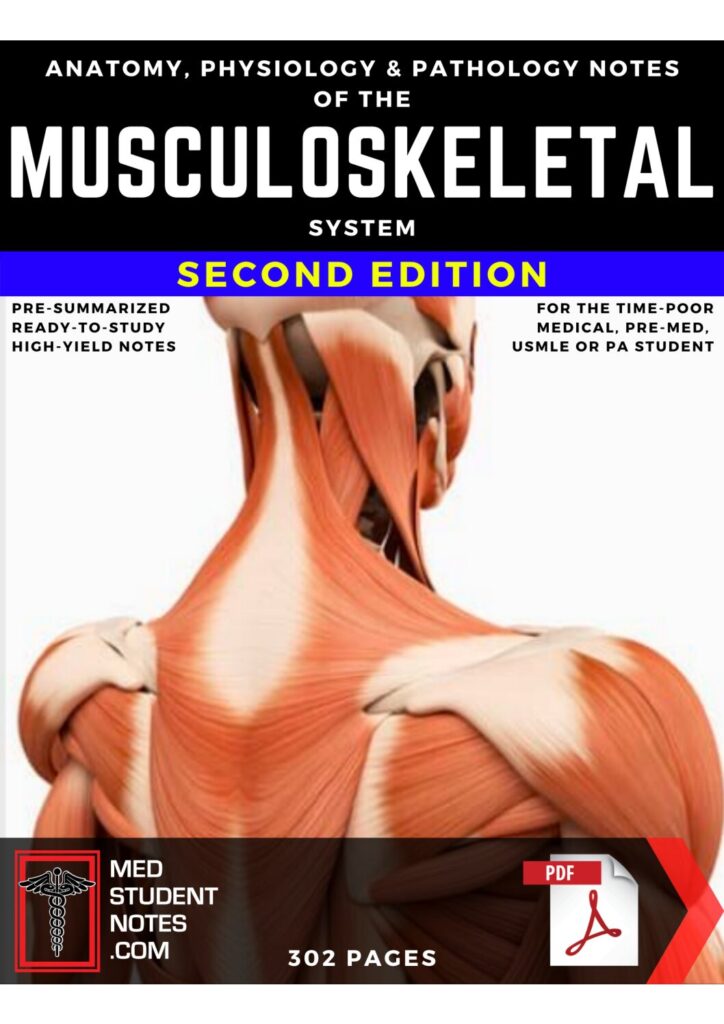
Musculoskeletal Anatomy Overview
Description: Detailed insights into the bones, muscles, joints, and connective tissues of the human body.
Musculoskeletal Disorders Guide
Description: Discusses common musculoskeletal disorders such as arthritis, osteoporosis, and muscle injuries, along with management strategies.
Biomechanics and Movement
Description: Explores the mechanical principles of human movement and the function of the musculoskeletal system.

Gastrointestinal Anatomy and Function
Description: Detailed diagrams of the digestive tract and the role of organs like the stomach, liver, and intestines in digestion and nutrient absorption.
Gastrointestinal Disorders
Description: Information on conditions such as IBS, Crohn’s disease, ulcers, GERD, and liver disease, along with diagnostic and therapeutic strategies.
Digestive Physiology
Description: Covers digestion mechanisms, enzymatic activity, nutrient absorption, and the function of digestive enzymes.
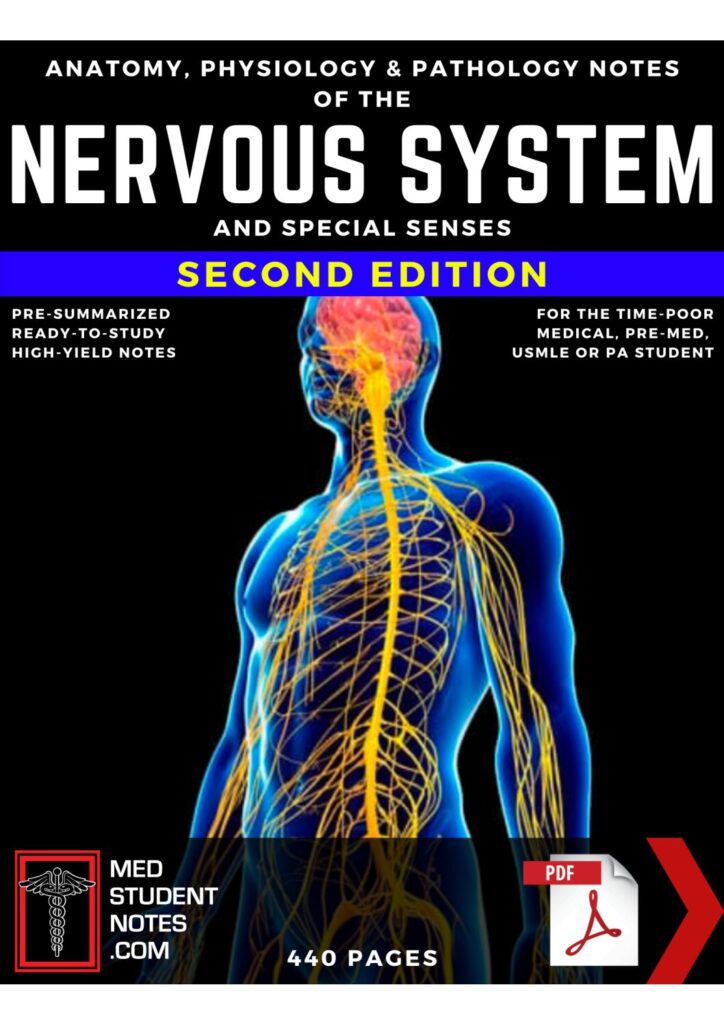
Overview of the Nervous System
Description: An overview of the brain, spinal cord, and peripheral nerves, as well as their communication processes.
Neurological Disorders
Description: Information on conditions like stroke, epilepsy, multiple sclerosis, and Parkinson’s disease.
Neurophysiology
Description: Covers the physiological aspects of nerve conduction, synaptic transmission, and reflexes.
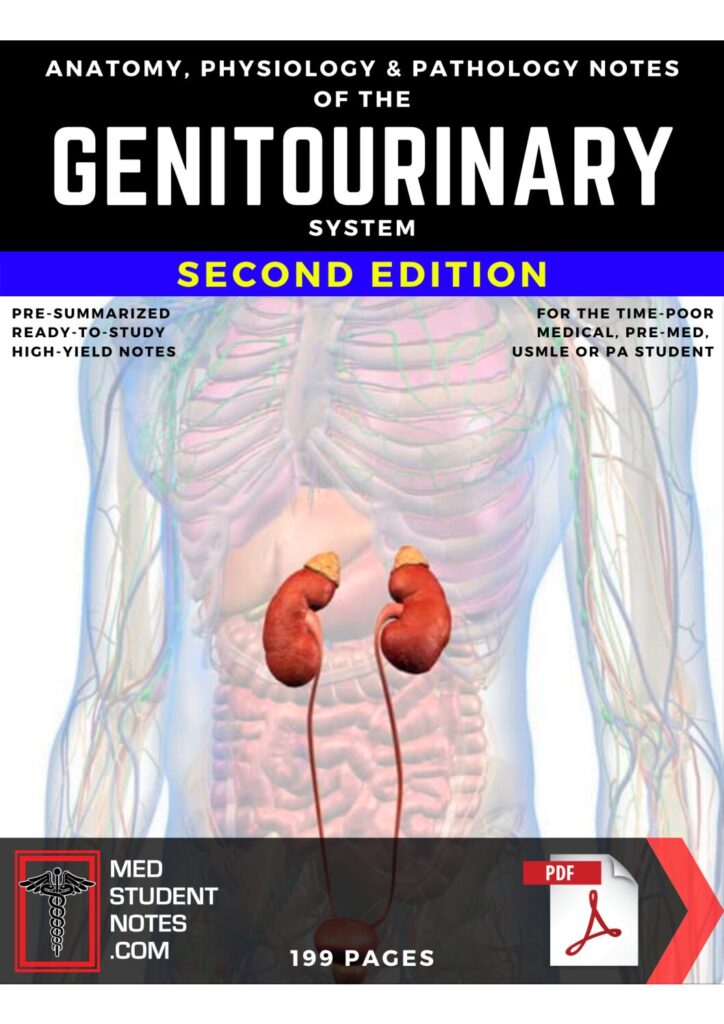
Genitourinary Anatomy
Description: A comprehensive guide to the kidneys, bladder, ureters, and reproductive organs.
Urinary Tract Disorders
Description: Information on urinary tract infections (UTIs), kidney stones, and chronic kidney disease.
Male and Female Reproductive Health
Description: Detailed insights into the physiology of the male and female reproductive systems and related disorders.
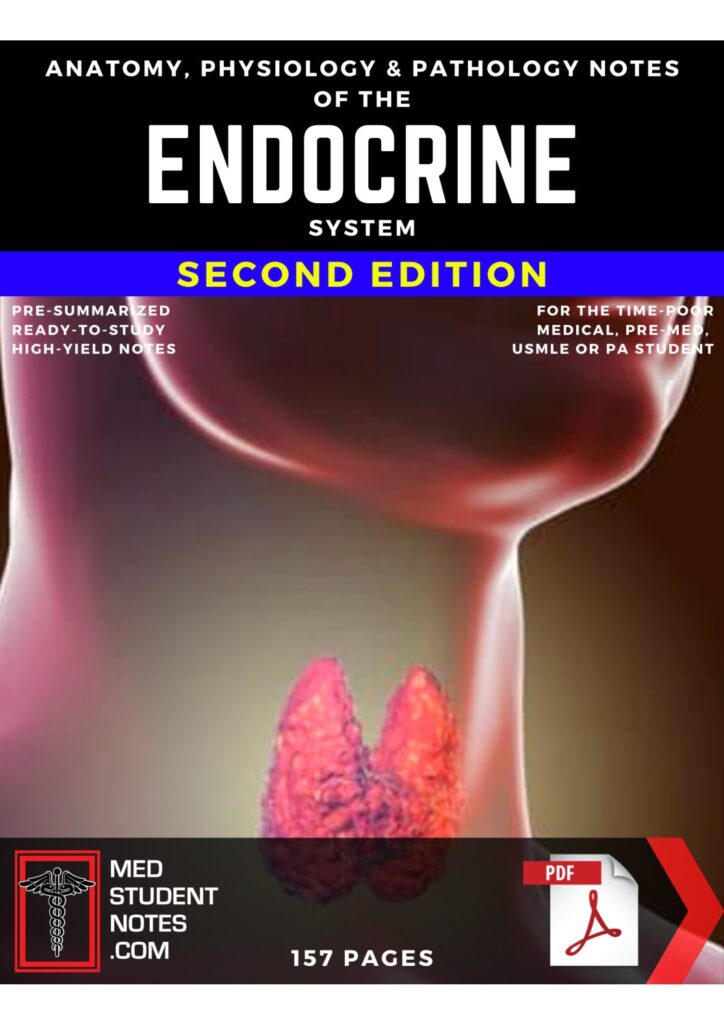
Endocrine System Overview
Description: Describes the glands (e.g., pituitary, thyroid, adrenal) and hormones they produce, and their functions.
Endocrine Disorders
Description: Covers conditions like diabetes, hypothyroidism, Cushing’s syndrome, and Addison’s disease.
Hormonal Regulation
Description: Discusses how hormones regulate metabolism, growth, and reproduction.
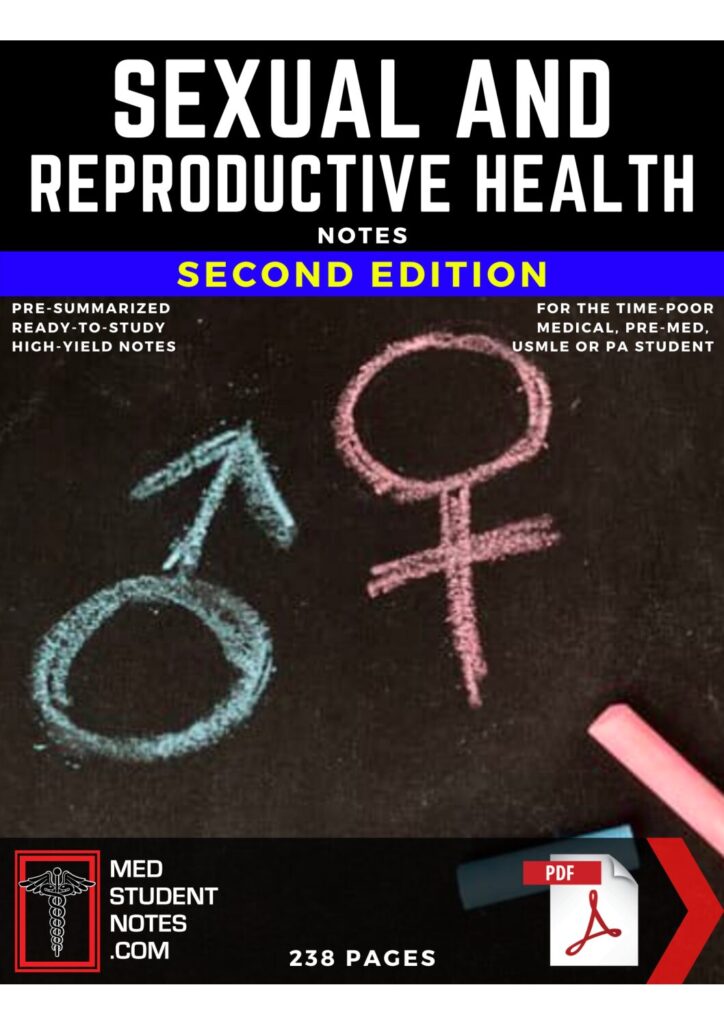
Male Reproductive Health
Description: A guide to male reproductive anatomy, sexual health, and disorders like erectile dysfunction and infertility.
Female Reproductive Health
Description: Covers female reproductive organs, menstrual health, and conditions like polycystic ovary syndrome (PCOS) and endometriosis.
Sexual Health and STIs
Description: Information on sexually transmitted infections, prevention, and treatment options.
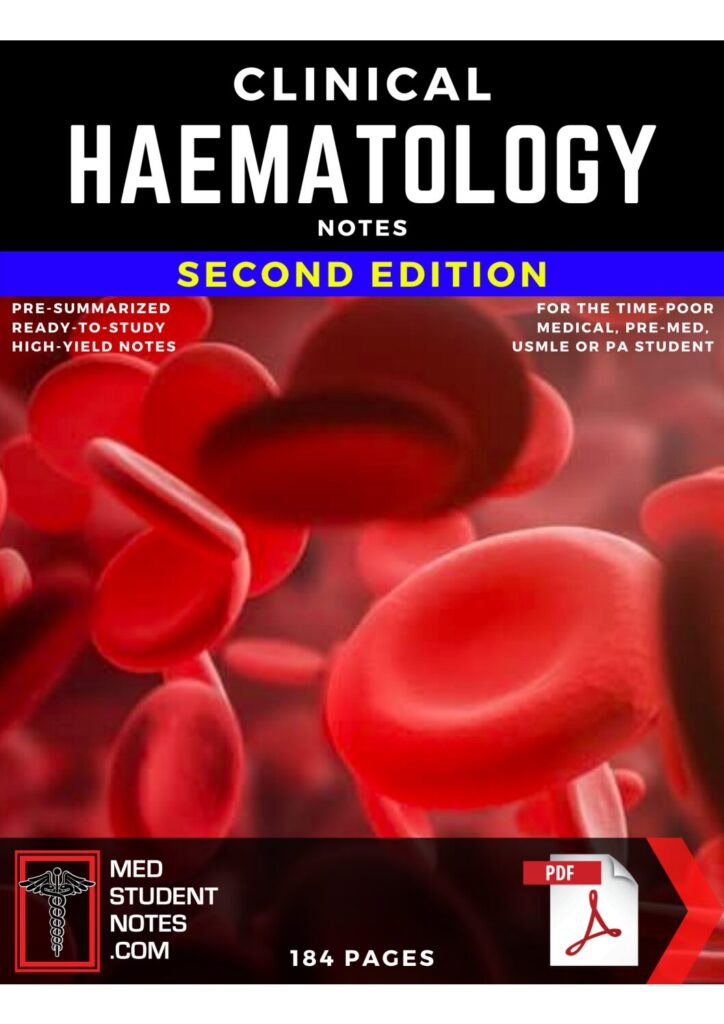
Introduction to Haematology
Description: An overview of blood components, including red blood cells, white blood cells, and platelets, and their functions.
Blood Disorders
Description: Covers anemia, leukemia, hemophilia, and clotting disorders.
Blood Transfusion and Coagulation
Description: Discusses blood transfusion practices, blood typing, and the coagulation cascade.
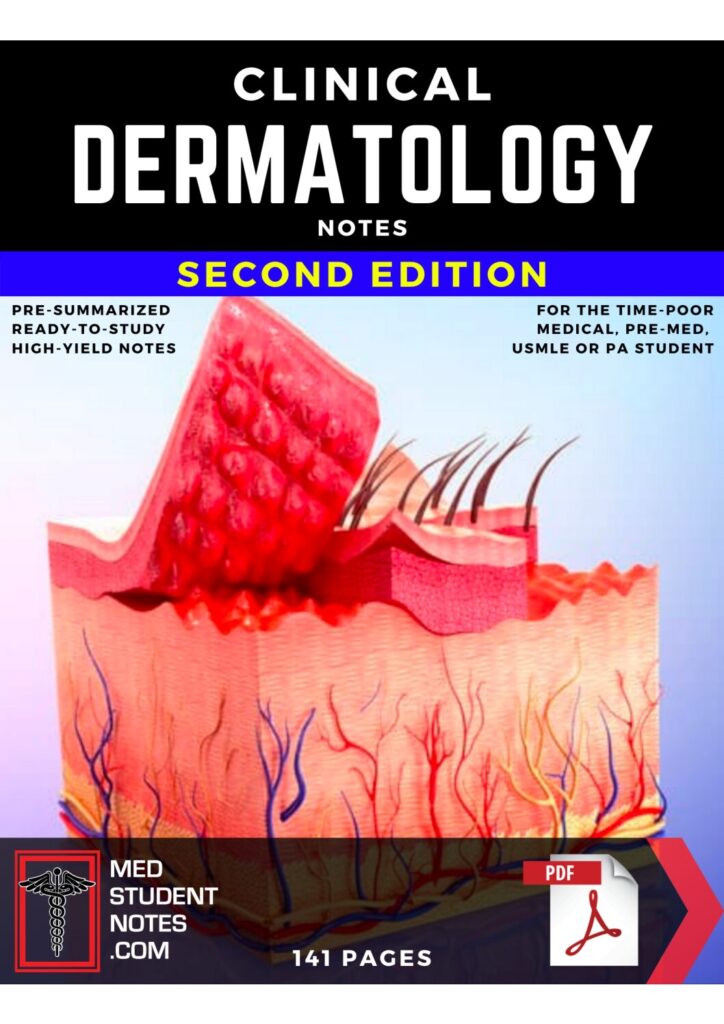
Dermatological Anatomy and Physiology
Description: Describes the layers of the skin, hair follicles, and sebaceous glands, and their functions.
Common Skin Disorders
Description: Information on acne, eczema, psoriasis, and skin cancers, along with diagnosis and treatments.
Cosmetic Dermatology
Description: Explores skin care, cosmetic procedures, and treatments for aging skin.
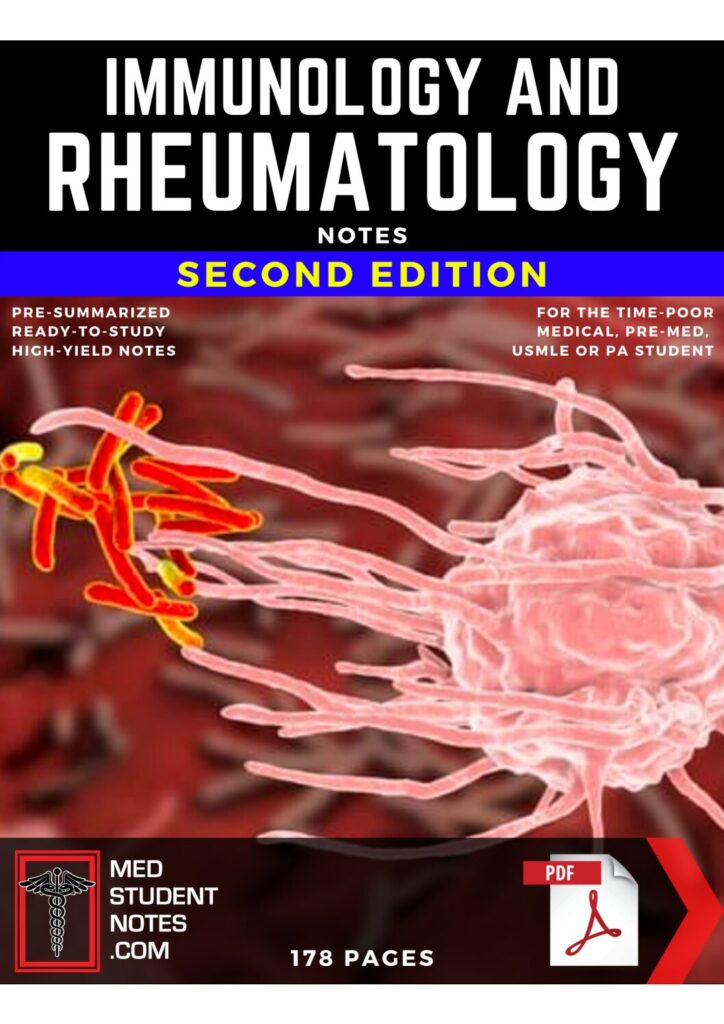
Immunology Basics
Description: An introduction to the immune system, its cells, antibodies, and immune responses.
Autoimmune Diseases
Description: Covers autoimmune conditions like rheumatoid arthritis, lupus, and multiple sclerosis.
Rheumatic Disorders
Description: Information on diseases affecting the joints and connective tissues, such as osteoarthritis and rheumatoid arthritis.
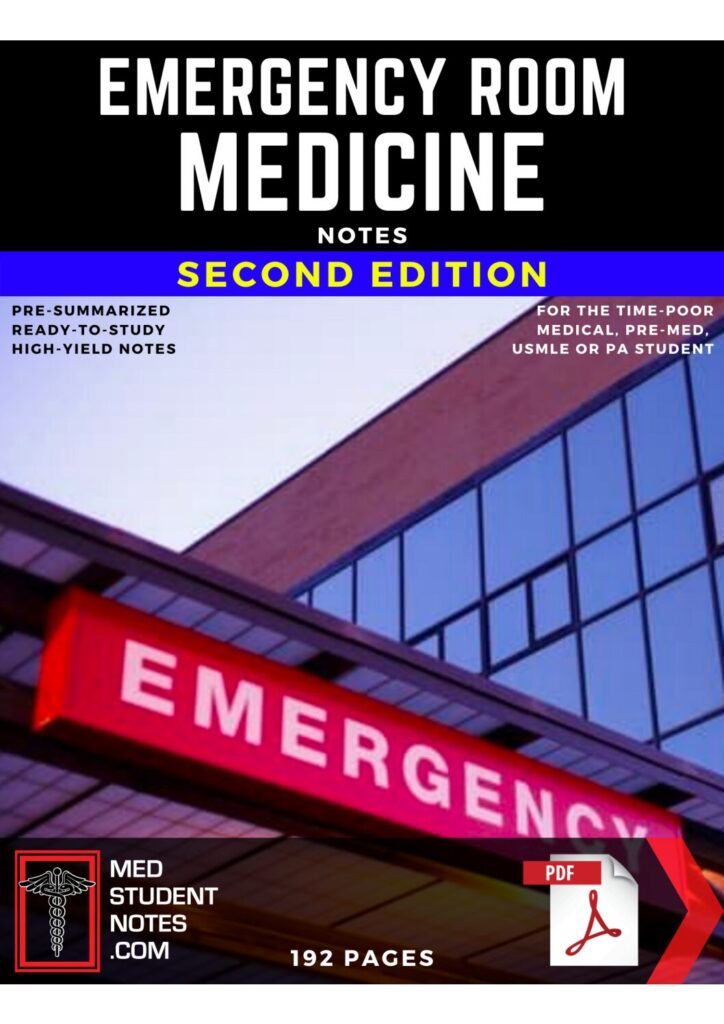
ER Medicine Essentials
Description: Provides an overview of emergency medicine, including triage, resuscitation, and stabilization protocols.
Common ER Conditions
Description: Covers acute conditions treated in the ER, such as heart attacks, strokes, trauma, and overdose management.
Pediatric and Geriatric Emergencies
Description: Focuses on managing emergencies in different age groups, including pediatric and elderly patients.
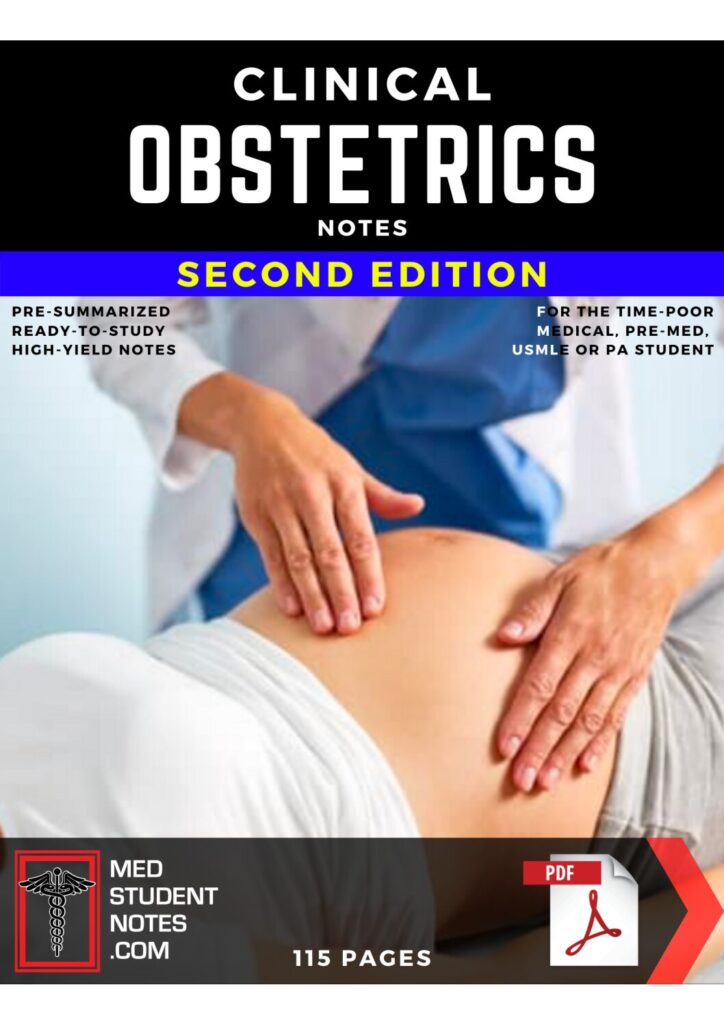
Obstetrics Overview
Description: Discusses the stages of pregnancy, prenatal care, and fetal development.
Obstetric Complications
Description: Information on complications such as preeclampsia, gestational diabetes, and preterm labor.
Labor and Delivery
Description: Provides a guide to the childbirth process, including labor stages, pain management, and delivery options.
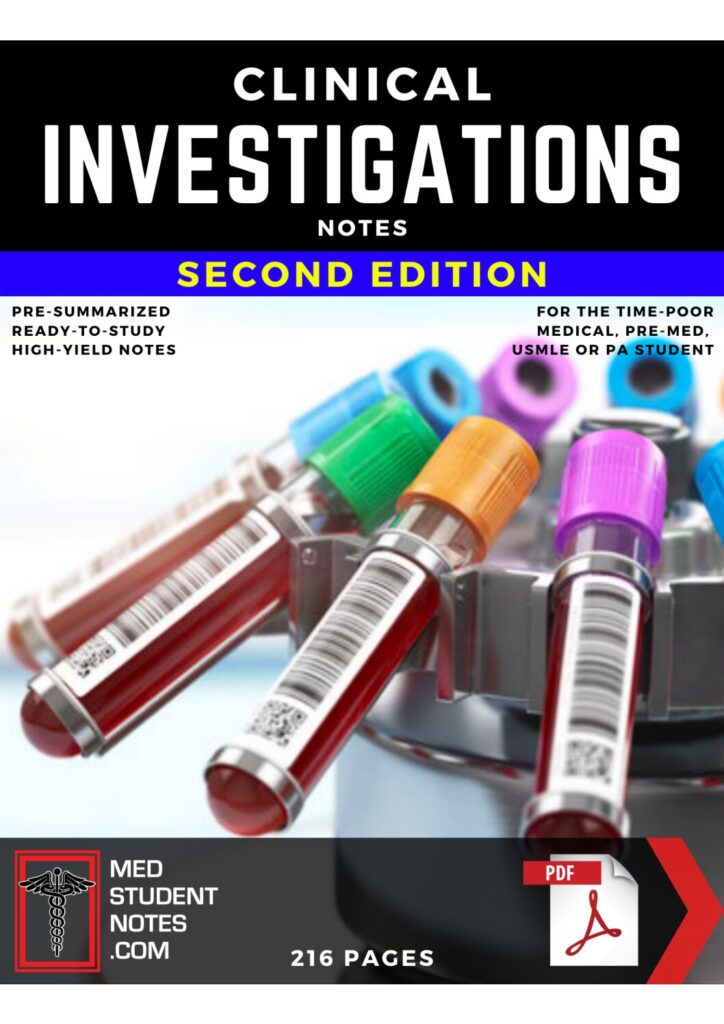
Medical Diagnostics
Description: Covers diagnostic tools like blood tests, imaging, and biopsy procedures.
Laboratory Investigations
Description: Information on laboratory tests, their uses, and interpretation of results.
Radiology and Imaging Techniques
Description: An overview of radiology, including X-rays, CT scans, MRIs, and ultrasounds.

Clinical Examination Techniques
Description: A guide to physical examination methods, including history-taking and patient assessment.
Basic Life Support (BLS)
Description: Covers the essentials of CPR, defibrillation, and emergency airway management.
Patient Communication Skills
Description: Discusses how to communicate effectively with patients during clinical examinations.
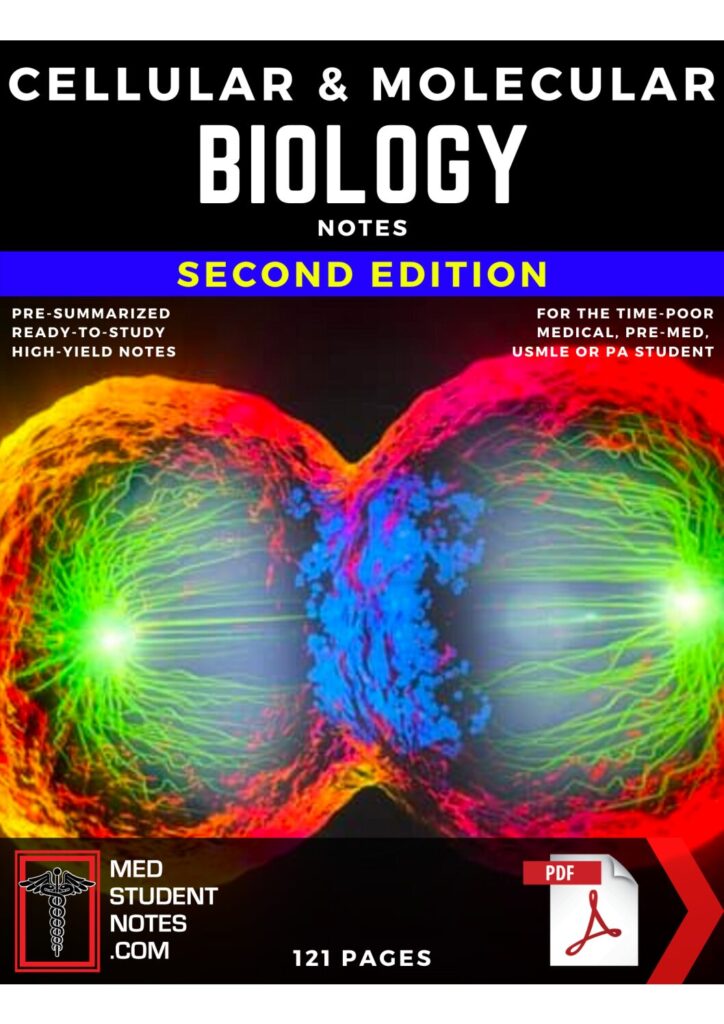
Cell Biology Basics
Description: A guide to the structure and function of cells, organelles, and cellular processes.
Molecular Biology
Description: Explains DNA replication, protein synthesis, and molecular signaling pathways.
Genetic Mutations and Diseases
Description: Information on genetic mutations, their role in disease, and methods for genetic testing.
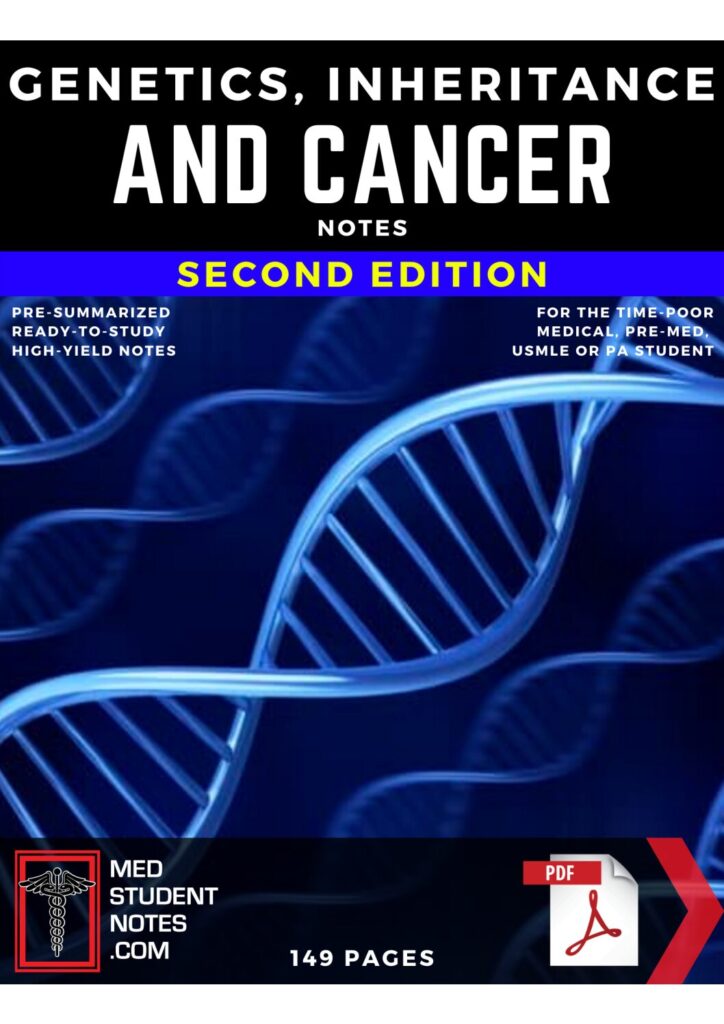
Introduction to Genetics
Description: A comprehensive guide to genetic inheritance, DNA structure, and gene expression.
Genetic Disorders and Inheritance
Description: Covers common genetic disorders like cystic fibrosis, sickle cell anemia, and Huntington’s disease.
Cancer Genetics
Description: Discusses the genetic basis of cancer, oncogenes, and tumor suppressor genes.
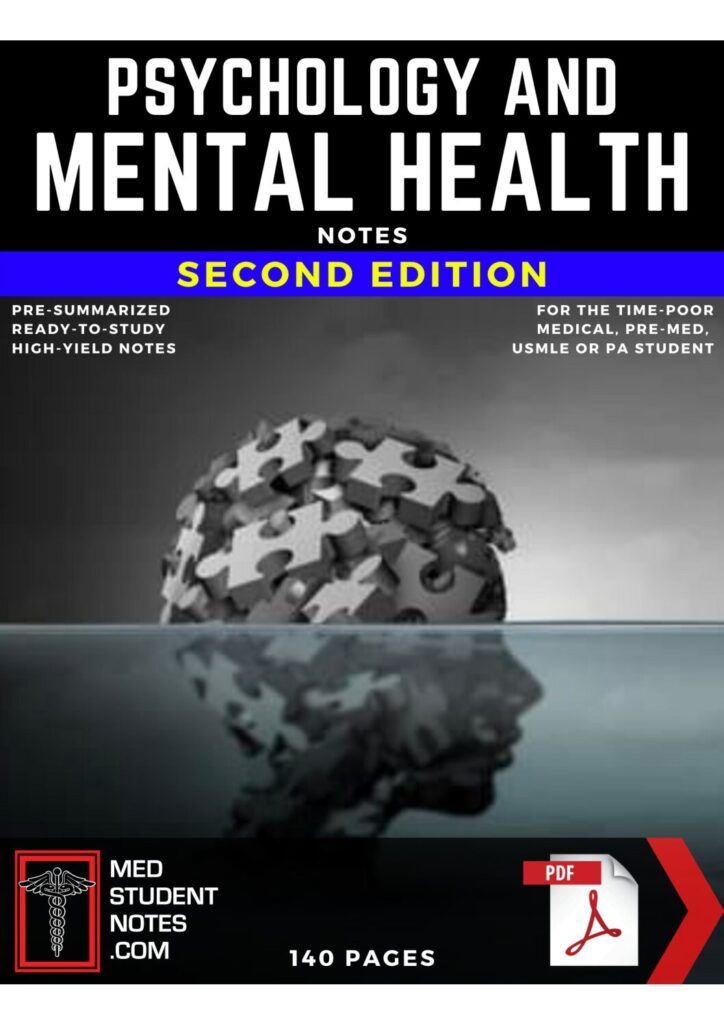
Mental Health Disorders
Description: Information on conditions like depression, anxiety, schizophrenia, and bipolar disorder.
Psychiatric Assessment
Description: Covers diagnostic criteria, mental health screening, and assessment tools.
Therapeutic Approaches in Psychiatry
Description: Discusses different therapeutic methods, including psychotherapy, cognitive behavioral therapy (CBT), and medications.

Pharmacology Basics
Description: An introduction to drug classes, mechanisms of action, and therapeutic uses.
Drug Interactions and Side Effects
Description: Covers common drug interactions, adverse effects, and how to mitigate risks.
Toxicology and Poisoning
Description: Provides information on poisoning, toxicology screening, and treatment options.
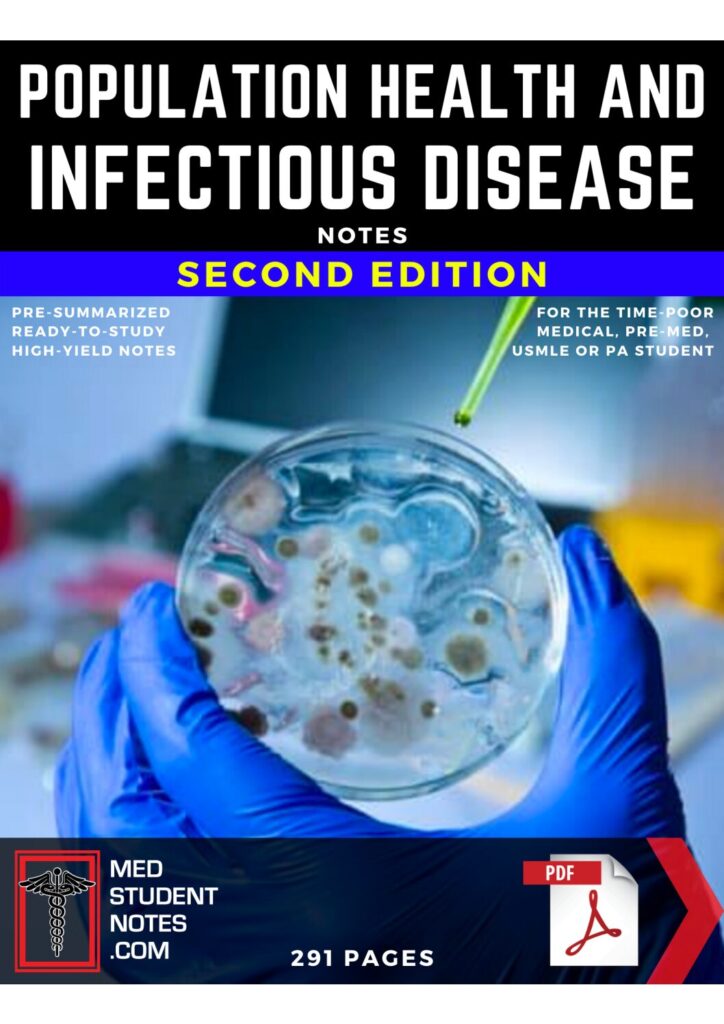
Introduction to Population Health
Description: Provides an overview of population health concepts, determinants of health, and public health strategies.
Epidemiology and Public Health
Description: Covers epidemiological methods, health surveillance, and the role of public health in disease prevention and health promotion.
Global Health Issues
Description: Discusses global health challenges, such as malnutrition, infectious diseases, and healthcare access disparities.
Health Policy and Systems
Description: Examines healthcare systems, policy development, and health economics affecting population health.
Basics of Infectious Diseases
Description: An overview of infectious agents (bacteria, viruses, fungi, parasites) and the diseases they cause.
Infectious Disease Prevention and Control
Description: Covers strategies for preventing and controlling infectious diseases, including vaccination, sanitation, and antimicrobial stewardship.
Major Infectious Diseases
Description: Information on diseases such as HIV/AIDS, tuberculosis, malaria, and COVID-19, including diagnosis, treatment, and public health measures.
Antimicrobial Resistance
Description: Discusses the rise of antibiotic resistance, its implications for public health, and strategies to mitigate its impact.
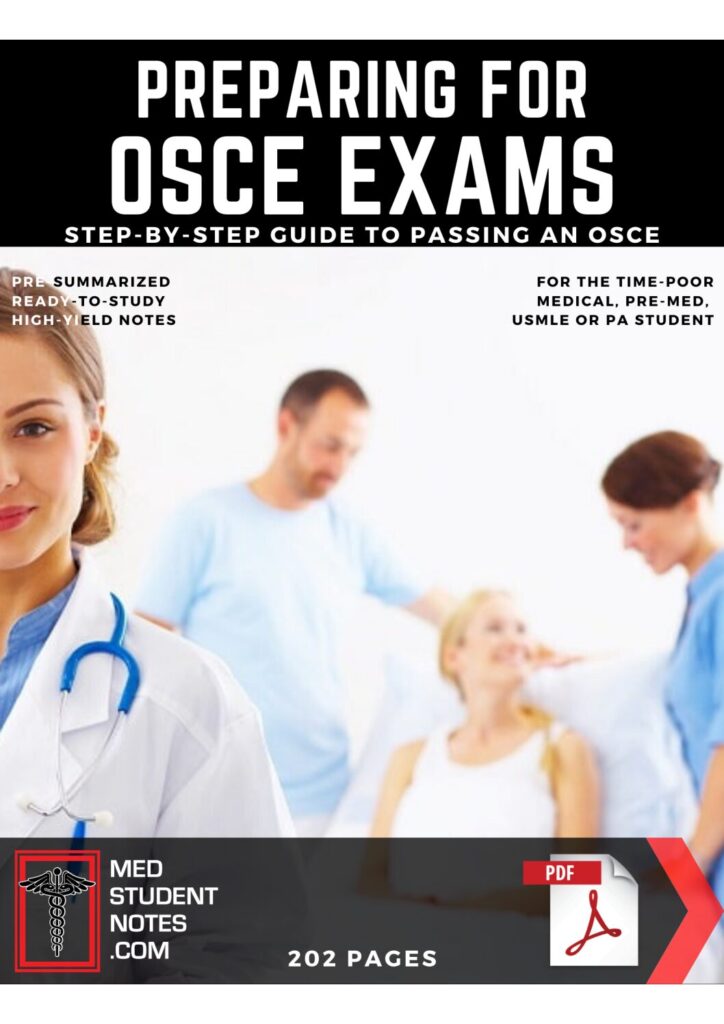
OSCE Exam Overview
Description: Provides an introduction to the OSCE format, including station types, marking schemes, and what to expect during the exam.
Clinical Skills for OSCE
Description: A detailed guide to essential clinical skills tested in the OSCE, such as history taking, physical examination, and patient communication.
OSCE Practice Scenarios
Description: Contains sample OSCE scenarios with tips on how to approach each case, from patient interactions to technical procedures.
Tips and Strategies for OSCE Success
Description: Offers strategies for time management, stress reduction, and effective communication to maximize performance on the OSCE.
Your Gateway to Comprehensive Medical Knowledge
Explore our diverse collection of medical resources, crafted to support educators, healthcare professionals, and students in their pursuit of knowledge.
Join 900+ subscribers
Stay in the loop with everything you need to know.